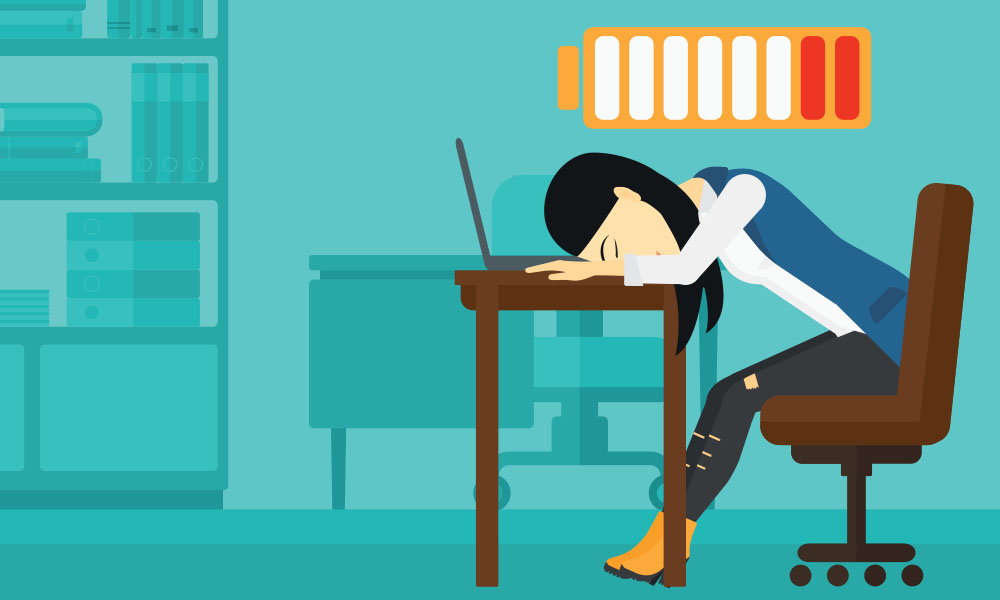The modern laptop, phone and tablet devices almost invariably use a lithium-ion battery, as do many high-end electronic devices. Basically, if it has a fixed, internal battery, it’s almost certainly lithium-ion and if it’s a device-specific removable battery (as opposed to a generic form such as AA), there’s a good chance it’s lithium-ion, too.
Looking after lithium-ion batteries specifically is a bit different from looking after other battery types, so here are four tips on how to get the most from your lithium-ion batteries.
Keep your Laptop and Phone away from extreme temperatures
When the mercury drops, so does the performance of lithium-ion batteries and there’s another problem: condensation forms when warm air hits a cold surface (like when you step into a centrally heated building from the cold outdoors). That’s bad news both for your battery itself and for whatever gadget your battery is stored in.
When you have to be out and about in freezing weather, try to keep your devices protected. Hot temperatures are less damaging than cold ones, but can still mess with your battery’s performance so it’s best to avoid them too.
Laptop & Phone battery charging cycles – What you need to know?
Nickel-cadmium and nickel-metal hydrate batteries can suffer from the ‘memory effect’, which is when they can benefit from deep-discharge cycles; this means that it is best to only charge them when they have been completely discharged, and you charge them until they are completely full.
Topping up these batteries has a negative impact on their long-term life.
Lithium-ion batteries do not suffer from this memory effect. It can, however, be helpful to discharge them until they are almost completely discharged, once every 30 charges or so, to maintain the accuracy of the power gauge on your device.
Avoid letting the battery totally discharge, though, as you may be unable to recharge it with a standard charger (you’d need one with a boost function and a bit of luck). Wait until you get the warning to switch to mains power and then do so and let your battery recharge.
If you want/need to keep a spare battery, store it properly
If you rely on your device, then it may be appropriate to keep a spare battery, in which case you need to store it properly. Basically, the more fully charged a battery is, the more it will oxidise and the less time it will store.
Ideally, you want to (dis)charge the battery to about 40% and store it at room temperature. Some people swear by storing batteries in the fridge, but you may want to insulate it if you do this.
Stored correctly, spare batteries can keep, literally for years; otherwise, they can quickly become useless.
Battery Optimisation – Adjust to save power
The more you can get out of your battery per charge, the less often you will need to charge it, which is good for your battery and good for the environment (and your wallet).

